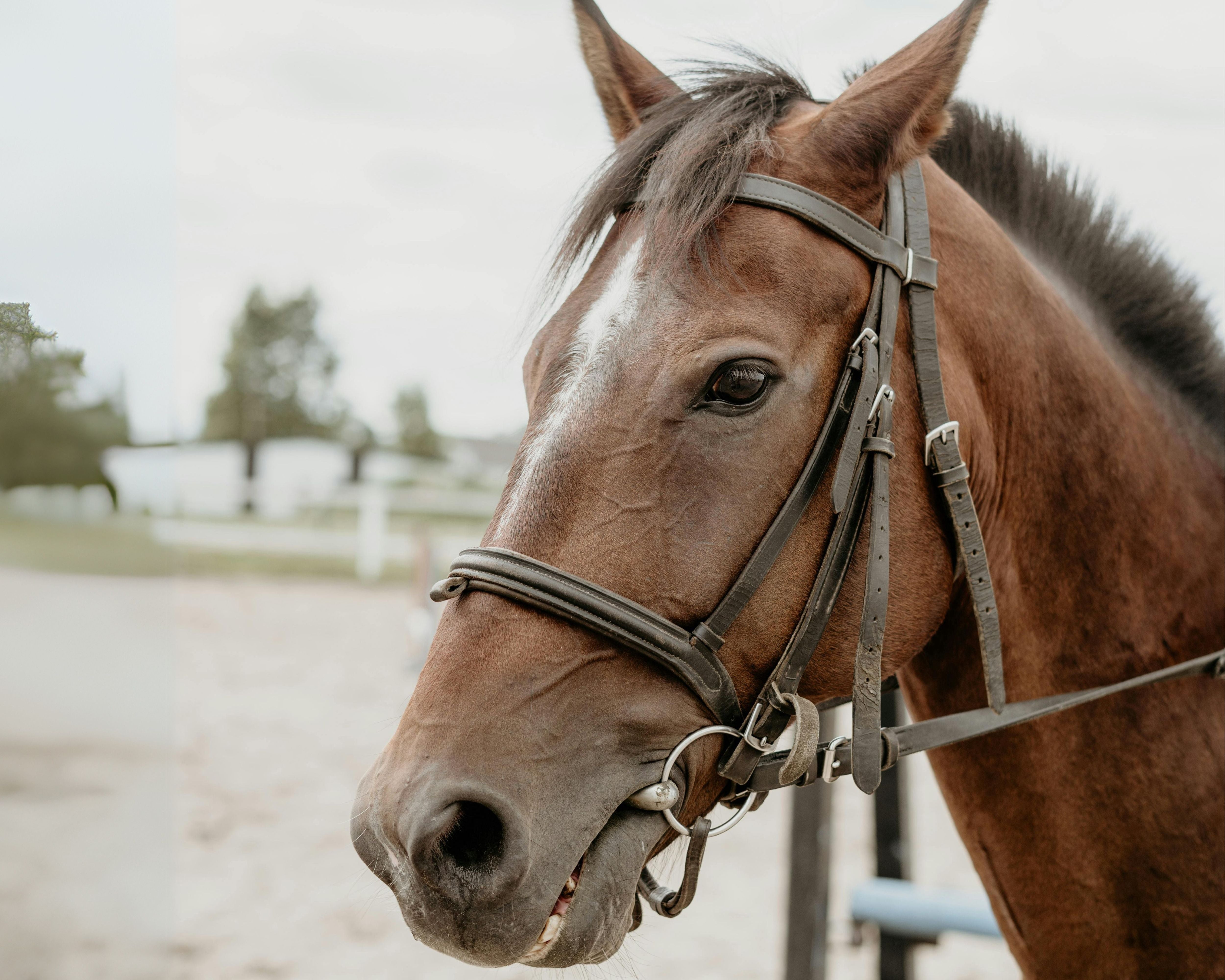Today, my beloved 19-year-old Selle Francais gelding Pilgrim, is walk/trot/cantering and jumping; albeit low, with no visible lameness. It feels miraculous since he had a severe injury a year and a half ago. On January 19, Pilgrim was free longing in the indoor arena. He took a messy step over a pole and was immediately head-bobbing lame at the walk.
An emergency veterinary visit and ultra-sound revealed an almost complete rupture of the superficial digital flexor tendon within the right front leg. And even with shock wave treatments, and at least a year of rehabilitation and recovery (given his age) the most we could hope for was pasture soundness. We never expected him to be able to be ridden any more than tack walking.
This was a devastating prognosis, however, we embarked and a 16-month rehabilitation program: including shock wave, special poultice, ice, and hand walking. The veterinarian recommended stall rest for a few weeks, and then we were able to turn out in a round pen. We then began tack walking, eventually adding trot, and later canter. Very recently we were able to introduce jumping with poles and cavalettis and moving up to low jumps. I will be showing Pilgrim this summer in jumping classes, and I could not be happier to get back to this level.
Pilgrim was not a candidate for surgery or injectable therapies as the rupture extended almost the entire length of the tendon. However, after several shock wave treatments we embarked on cold laser therapy, using the 2400VS with the 500 mW continuous wave probe. We treated Pilgrim’s tendon area 5 days a week and administered 13 J/cm2 for a month. We then tapered down his treatments to 3-4 times per week and dosed 8 J/cm2 for the remaining 2 months.
We followed the protocol closely and he was able to continue his walking (up to an hour of tack walking before we could add trot) and move into trotting without incident. There is no question in my mind that the 2400VS class 3b cold laser system was a tremendous, and effective tool in his recovery. And while it is impossible to prove that was the sole reason for his speedy recovery, I believe that he is where he is today because of all his diligent care and patience.
Arlene Saffron
